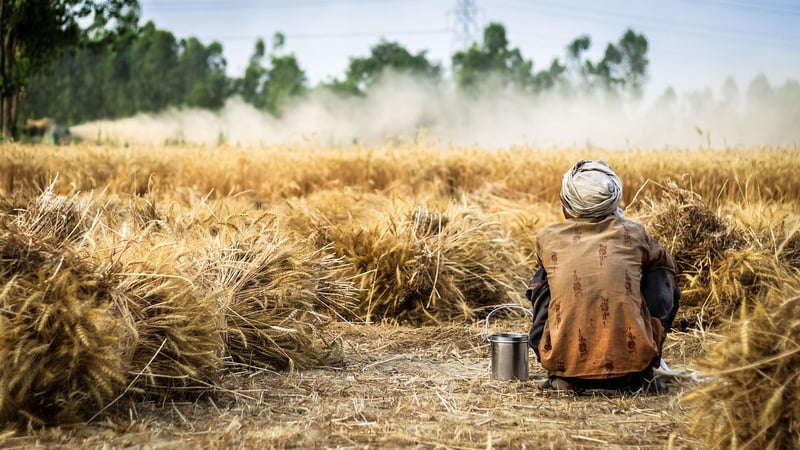Summer crop rotation
Optimizing Produce Growth and Summer Crop Rotation
When it comes to growing a successful garden, optimizing produce growth and implementing a summer crop rotation strategy are key factors to consider. By following a few simple guidelines, you can ensure a bountiful harvest and maintain the health of your garden soil for years to come.
Optimizing Produce Growth
Proper care and attention are essential for maximizing the growth of your fruits and vegetables. Here are some tips to help you optimize produce growth:
- Choose the right plants for your climate and soil type.
- Provide adequate sunlight, water, and nutrients for your plants.
- Regularly monitor and control pests and diseases that can impact growth.
- Prune and support plants as needed to promote healthy growth.
- Harvest produce at the peak of ripeness for the best flavor and nutrition.
Summer Crop Rotation
Implementing a summer crop rotation plan is essential for maintaining soil fertility and reducing the risk of pests and diseases. Here are some benefits of summer crop rotation:
- Helps prevent the buildup of soil-borne diseases specific to certain crops.
- Improves soil structure and fertility by alternating between different types of plants.
- Reduces the need for chemical fertilizers and pesticides, promoting a more sustainable garden.
- Helps break pest cycles by disrupting their preferred host plants.
Conclusion
By focusing on optimizing produce growth and implementing a summer crop rotation strategy, you can enjoy a thriving garden that provides a continuous supply of fresh, healthy fruits and vegetables. Remember to pay attention to the specific needs of your plants and soil, and make adjustments as needed to ensure success.

For more information on gardening tips and techniques, check out our gardening website.
